Review for Revolutionary Girl Utena: Part 1 - Blu-ray Collector's Edition
Introduction
I was first introduced to the world of Utena way back in 2008 when MVM released The Adolescence of Utena movie as a standalone DVD. The film comes from an era when many spin-off movies from serial anime spent ninety odd minutes cramming the series into a feature film. With Utena, that was 36-odd episodes, maybe 15 hours worth of story. All spin-off films of this nature were bad, as squeezing several hours of story into such a small space resulted in something akin to a highlights package at best. The Adolescence of Utena was the exception that proved the rule. Director Kunihiko Ikuhara took his story and completely re-invented it, turning the visual surrealism and rich allegory up to 11, an astounding experience that stays with you long after the credits have rolled.
At that point, I became determined to watch the series that spawned such a creative explosion, but my ability to procrastinate can’t be underestimated. Revolutionary Girl Utena even spent a good while on Youtube, back when Nozomi Entertainment were still streaming their shows to the world for the price of the inserted advertising. It was only when UK’s Anime Limited licensed the show, and got hold of Nozomi’s Blu-ray masters, that I decided to bite the bullet and buy the three Limited Edition parts to the series. That was back in Christmas 2021. Yes, I procrastinated for another year before finally sitting down to watch Revolutionary Girl Utena, and in the meantime, the series has had a new Collector’s Edition release solicited that collects the three previous releases into one convenient box.
Utena’s parents died when she was a little girl, but she was consoled by a prince, who gave her a distinctive rose ring. And like every sweet princess, Utena vowed to grow up to be a prince, just like her saviour. And now she’s attending the exclusive Ohtori Academy, where her predilection for a princely school uniform gets her loads of female fans.
There’s something strange going on at the Academy however, specifically in the Student Council, who partake of a bizarre tradition. The council members all wear rings of the sort that Utena was given, and this allows them to duel for the hand of the Rose Bride, Anthy Himemiya. She’s also a student at the school, although the expectation is that she will be ‘owned’ by the victor of the duels, and subject to their whims; all part of some strange destiny. And then Utena defeats the obnoxious Council Vice President Kyoichi Saionji in a duel, and wins the hand of the Rose Bride...
The first 12 episodes of Revolutionary Girl Utena are presented across 3 discs from All the Anime in this Collector’s Edition release.
Disc 1
1. The Rose Bride
2. For Whom The Rose Smiles
3. On the Night of the Ball
4. The Sunlit Garden – Prelude
Disc 2
5. The Sunlit Garden – Finale
6. Take Care, Mistress Nanami!
7. Unfulfilled Juri
8. Curried High Trip
Disc 3
9. The Castle Said to Hold Eternity
10. Nanami’s Precious Thing
11. Gracefully Cruel – The One Who Picks That Flower
12. For Friendship, Perhaps
Picture
Revolutionary Girl Utena gets a 1.33:1 widescreen 1080p pillar-boxed transfer. Utena is one of those landmark shows, and as such, it got a restoration funded by the Japanese studio (usually it’s Discotek hunting down old film prints and shelling out). This was a cel and paint anime, from before the switchover to digipaint, and as such, it would benefit the most from an HD transfer and restoration. The image is clear and sharp, although it’s had enough in the way of noise reduction to diminish the sense of a film source. But detail levels are excellent, and colours are rich and consistent. This is all to the good, as Kunihiko Ikuhara’s prodigious imagination is on display here. Utena is a shojo anime aimed at the female demographic, and that tells in the softer colours, and the elegant character designs. The film might have been really out there, but the TV series isn’t short on abstract imagery and directorial quirks.
Sound
You have the choice between PCM 5.1 Surround Japanese, and PCM 2.0 Stereo English and Japanese, with optional translated subtitles and a signs only track. Just like the video, the audio got re-mastered in Japan, rather than being the usual up-mix accomplished by US studios. That is apparent from the first moment when the theme song for the first episode plays, as this is certainly not a glorified stereo track. The surrounds are put to great use helping the show’s music fill the room, while the action and ambience is genuinely immersive. Given the rock opera feel to the show, the surround is definitely worth it. The actors are suited to their roles, and the subtitles are accurately timed and are free of typos.
Extras
You get 3 discs in a BD Amaray style case with a reversible sleeve, with one disc on one face, and 2 discs overlapping on the other face. The case slides into a rigid slipcase, where you will also find a foldout poster and 5 artcards, and with enough room to also slide in the blurb sheet in the cellophane on the back of the case.
The discs boot to animated menus, and each disc ends with a translated English credit scroll for all the preceding episodes. The extras are presented as follows.
Disc 1
Textless Opening
Textless Closing
Disc 2
Japanese CD Box Set TV Spot (0:17)
Japanese Remastered DVD Box Set Character TV Spots (2:09)
Japanese Remastered DVD Box Set 30 Second TV Spots (1:03)
Disc 3
Rondo – Revolution TV Spot (0:17)
Rondo – Revolution Music Video (4:39)
Conclusion
I’ve said it before, but director Kunihiko Ikuhara is very much an acquired taste. A penchant for mind-bending imagery, repetition, and oodles of metaphor and allegory makes appreciating his shows something of an investment. Basically you get out what you put in, and you might want to do some homework before settling down in front of the TV. You’ll be forgiven for seeking help online, and thanks to the Internet, there are plenty of guides out there, explaining the meanings behind the stories he tells. Imagine how things were back in 1997 when Revolutionary Girl Utena came out, back when the Internet was all newsgroups and Geocities, and anime was still that nascent industry that relied on fansubs, swapped VHS tapes and word of mouth to proliferate. You really had to work to figure out the symbolism underlying Utena.
Three Ikuhara shows have made it to the UK, four if you count the original release of the Utena movie, and I had figured that with Utena, the first and probably most commercial of the three, it would be the most accessible. To the contrary, I believe that Ikuhara is one of those directors where first impressions count for more. I was totally blown away by the Utena movie, but the first TV show I saw was Mawaru Penguindrum, and I was more invested in finding out how that story ticked. By the time it came to Yurikuma Arashi, the new car smell had gone and I sort of went through the motions watching it. It’s the kind of experience I had with Jun Maeda’s Key Visual Novel adaptations, appreciating most Kanon, the first show of his I saw.
And now that I’ve finally started watching Revolutionary Girl Utena, I have mixed feelings. Back in the cel and paint era, recycling animation sequences in each episode was a way to save effort and time (30 odd seconds for a magical girl transformation is 720 frames of animation saved!), and Ikuhara uses repeat animation to emphasise the show’s mission statements, and hammer home some of that symbolism. Knowing that is a little like knowing the magician’s secrets, and while it caught my attention in Penguindrum, it doesn’t quite work that way the third time around. But against that is watching this show having seen the feature film spin-off, and how that experience layers onto the series. By its very nature, the film had to race through the story, omit much of it, and really get to the core of the narrative. The series has a lot more time to play with it all, as well as develop and explore the characters.
Revolutionary Girl Utena starts with a fairy tale, a princess whose parents die at a young age, and who is ‘rescued’ by a prince. She grows up wanting to be a prince in turn, to rescue princesses herself. And it quickly becomes clear that it is Utena’s story, who comes to Ohtori Academy, seeking the prince that gave her a ring all those years ago, and instead finding that the ring is admittance to the duels that the members of the school’s student council fight for the hand of Anthy Himemiya, the Rose Bride. And Utena has found the princess that she wants to rescue. She manages to win her first duel early on, but thereafter she has to face off plenty of challenges from other would be suitors.
The whole point of the duels and the Rose Bride is tied into the destiny that the members of the student council are seeking, an ephemeral revolution to the world that offers them hope without ever being clearly defined. Everyone who fights for the Rose Bride has their own motives, indicated by their personalities. Manipulative, abusive, worshipful or protective, the characters are explored as the story unfolds. And unlike the movie, there’s more than enough room here to stray off the beaten path and tell little side stories as well.
The Rose Bride is supposed to be compliant and obedient to whoever wins her in a duel, and that does raise the question whether she is actually a damsel who needs rescuing. Certainly the way her first ‘owner’ Saionji treats her explains why Utena moves to protect her. She then spends her time with Anthy trying to free her, make her feel like a normal girl and independent. It’s only when Utena loses a duel that she realises that Anthy has only been utterly obedient when Utena told her to be freer. Once someone else possesses her, she follows their orders without question and reverts to who she was at the start of the story. Although as this collection of episodes concludes, it turns out that Anthy has takes on something of what Utena has been telling her, and she actually makes an independent decision.
I may have come too late to Revolutionary Girl Utena. This is a story that I would have appreciated more in my own adolescence, and despite the film, I lack the nostalgia for the series that would let me appreciate it at this age. This Student Council Saga release is an interesting introduction to the story, with Ikuhara having fun with the cyclical, episodic nature of the mainstream anime of the period, infusing the story with metaphor and symbolism. The quality of the Blu-rays is excellent, with the three disc format for the twelve episodes allowing for a whole lot of bitrate and uncompressed audio.
Revolutionary Girl Utena: Part 1 - Blu-ray Collector's Edition is going out of print, to be superseded by forthcoming Complete Collection and there are standard edition part releases as well. At the time of writing, the All the Anime webstore as well as UP1 have some copies of the Part 1 Collector’s Edition still on sale.
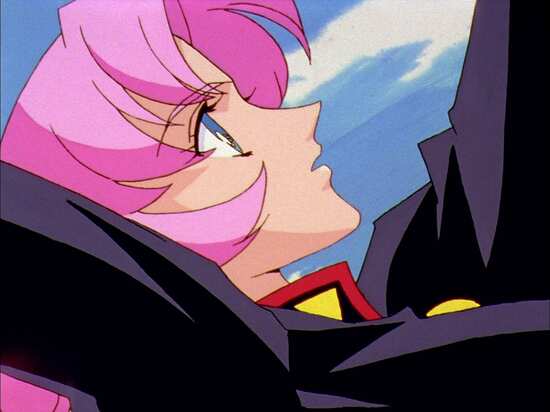



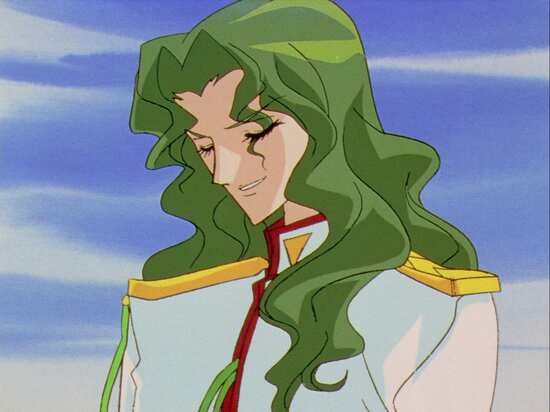
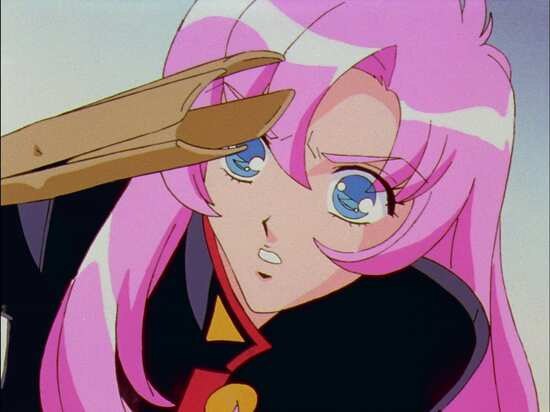

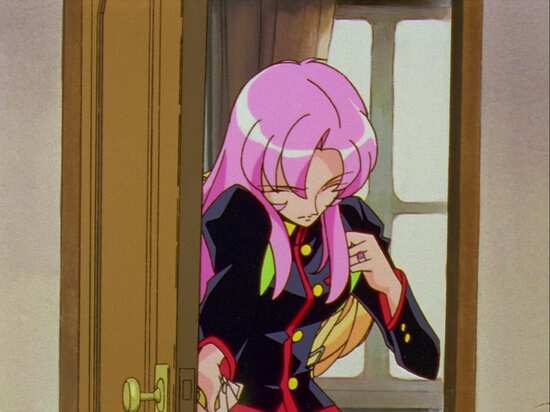
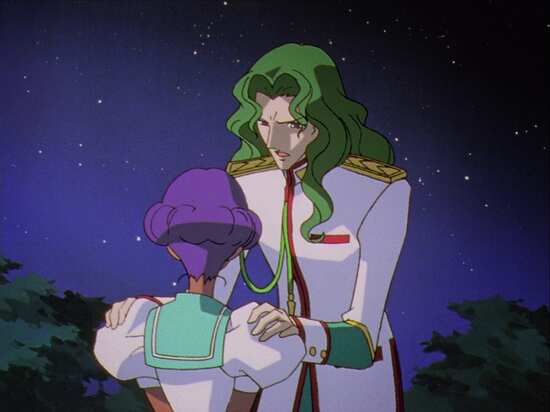
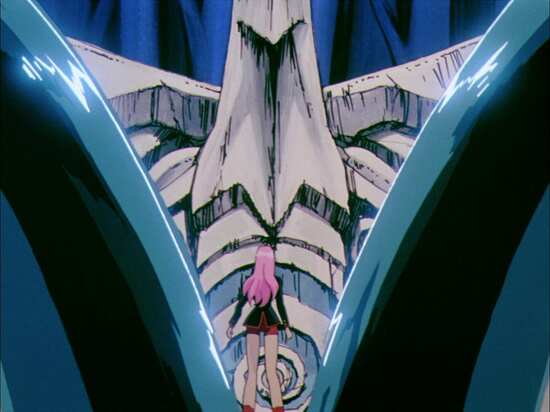
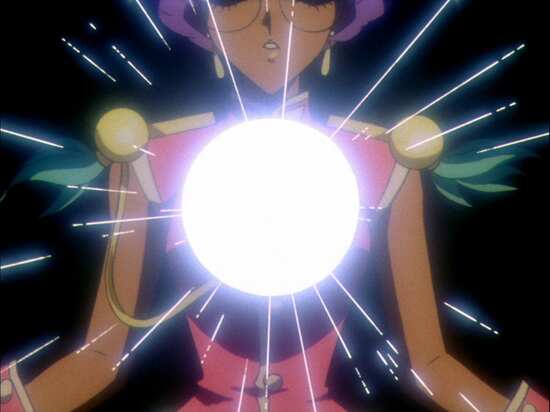
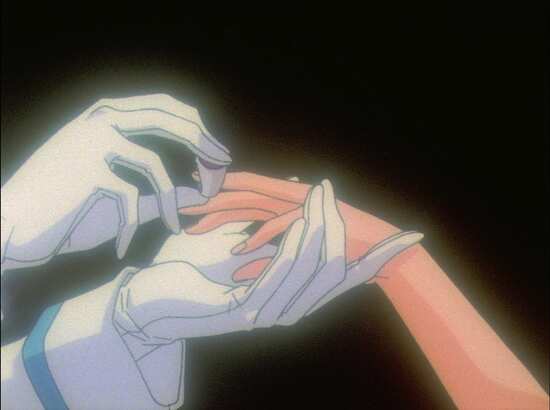

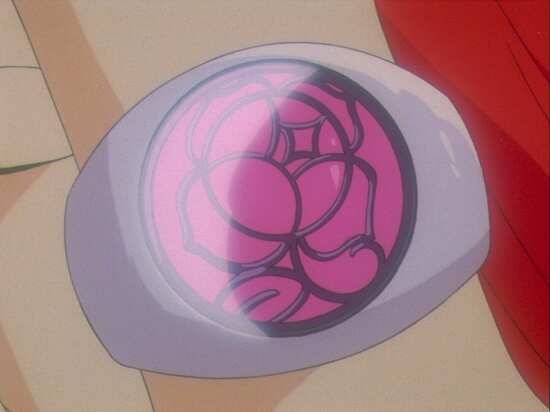
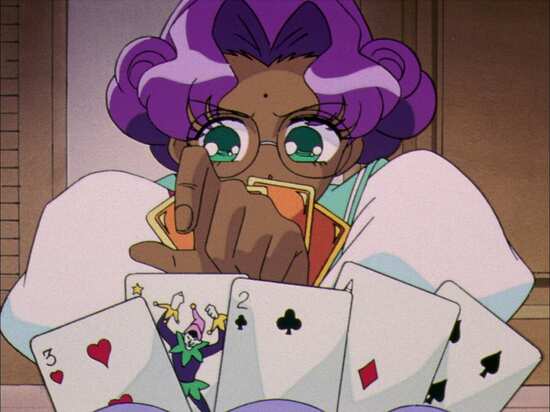
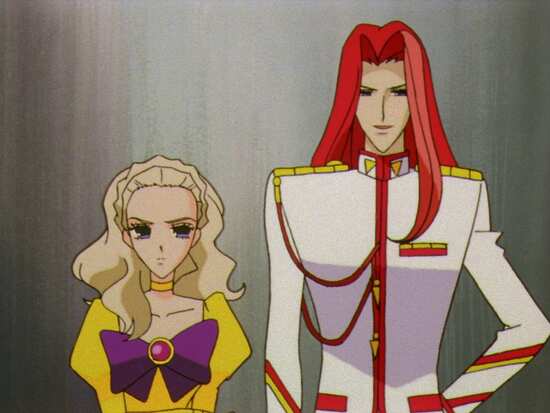

Your Opinions and Comments
Be the first to post a comment!